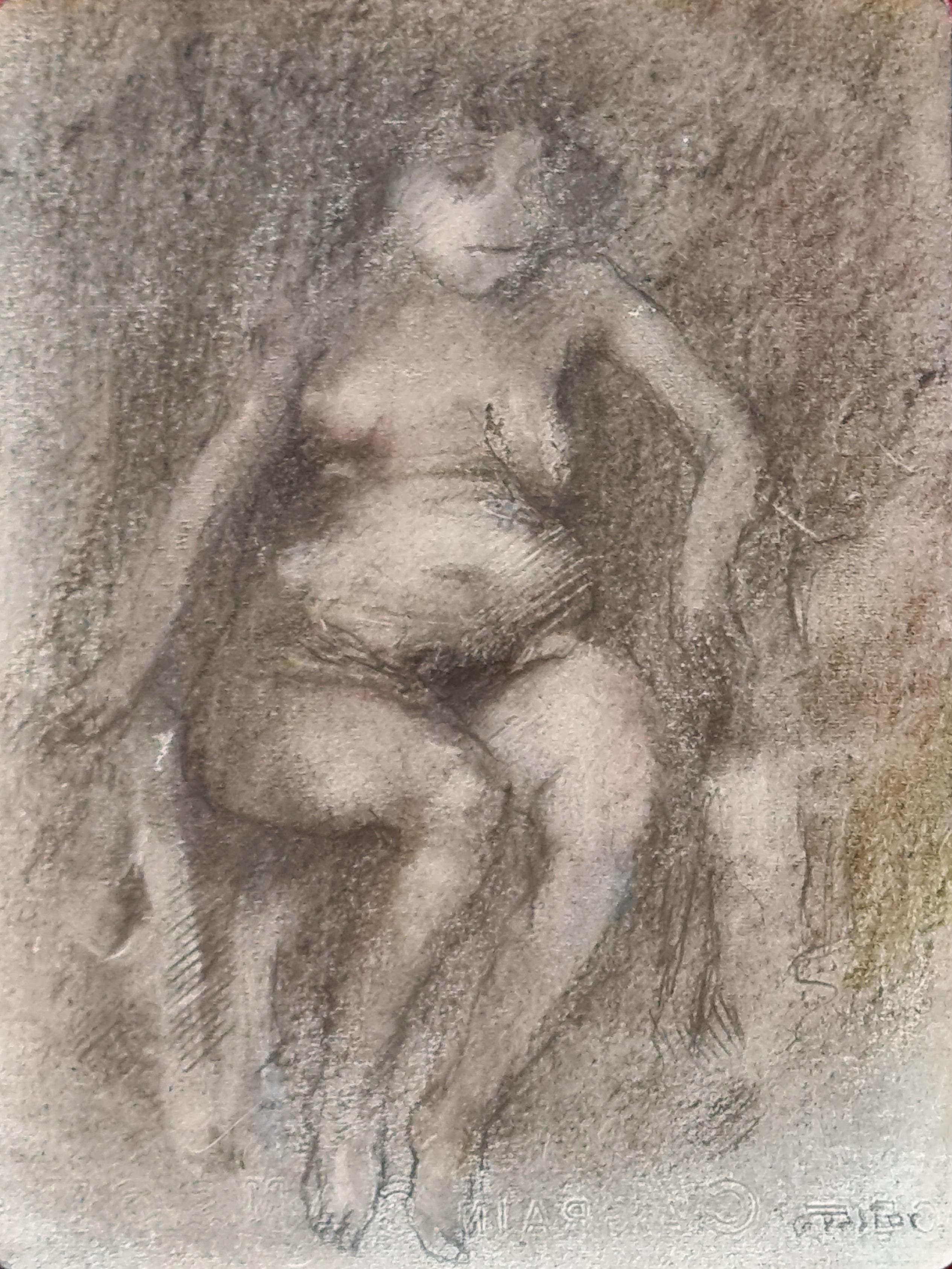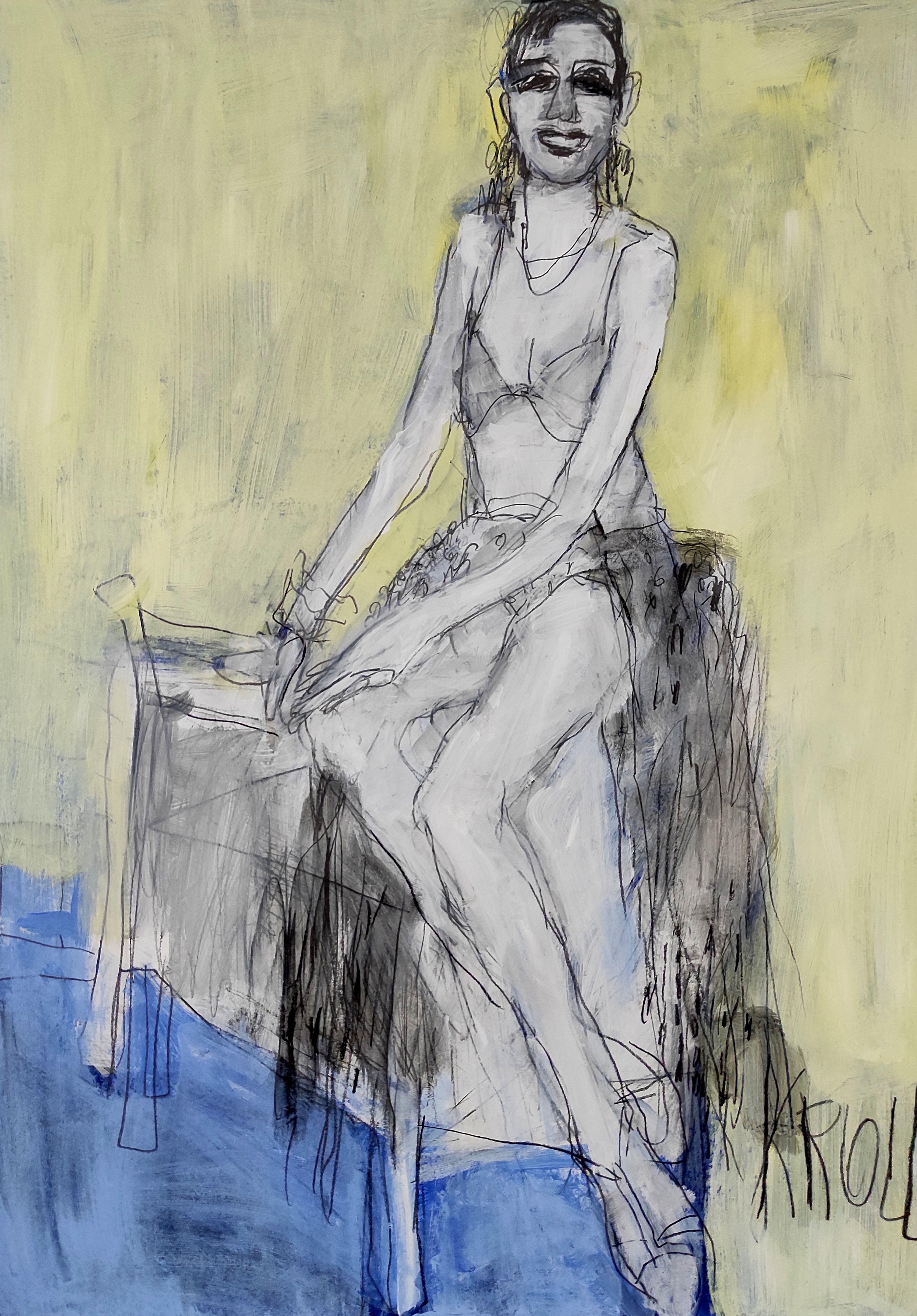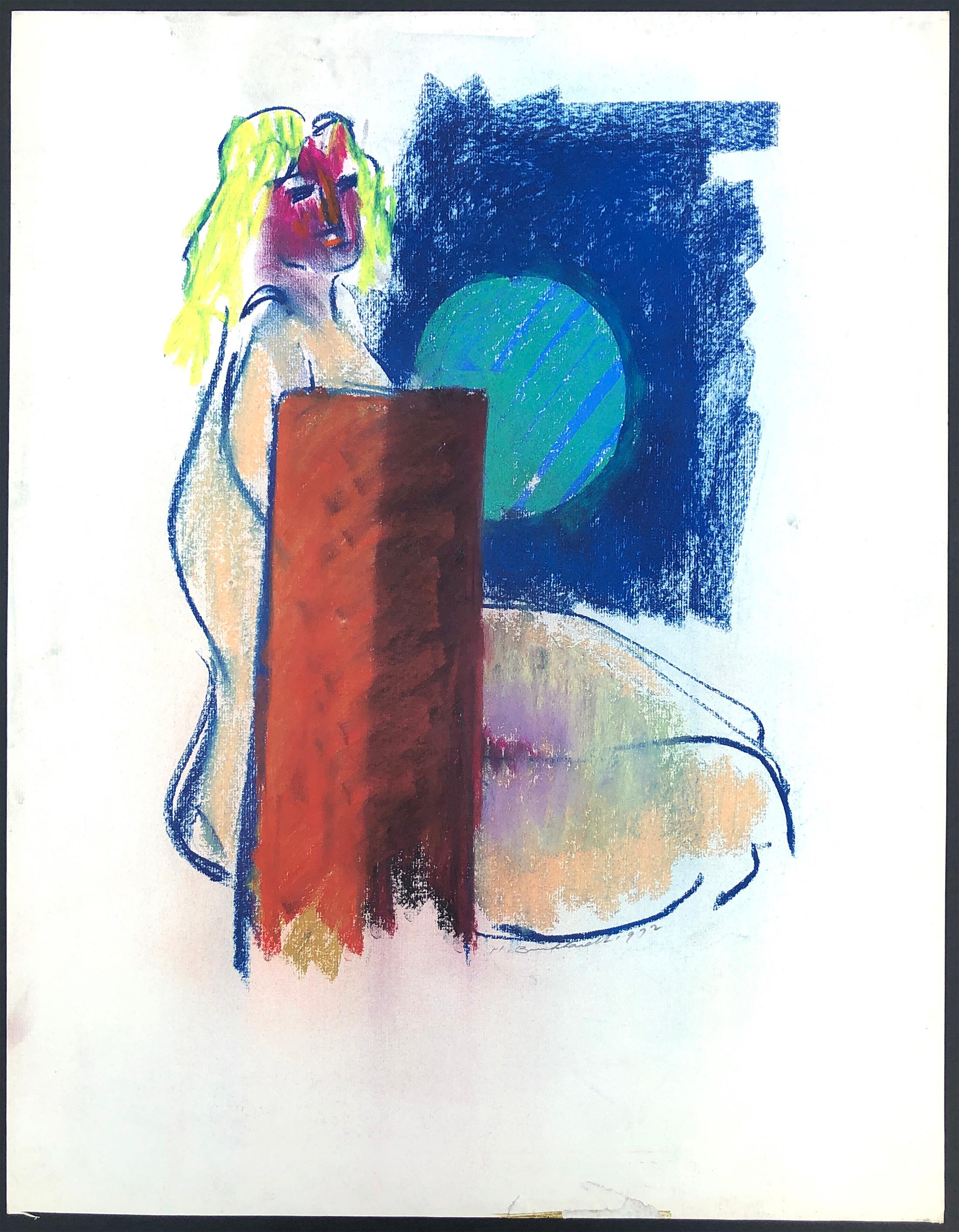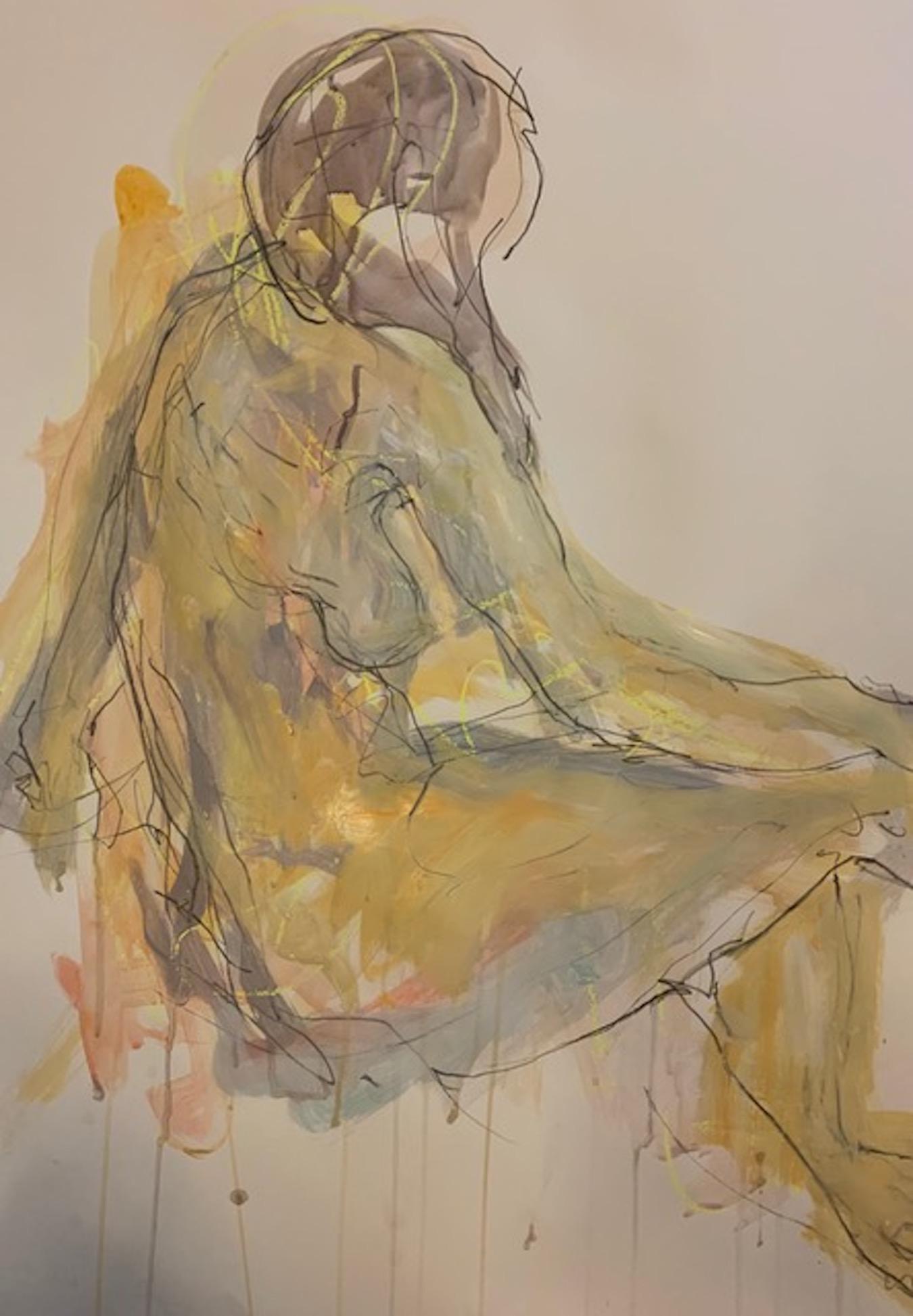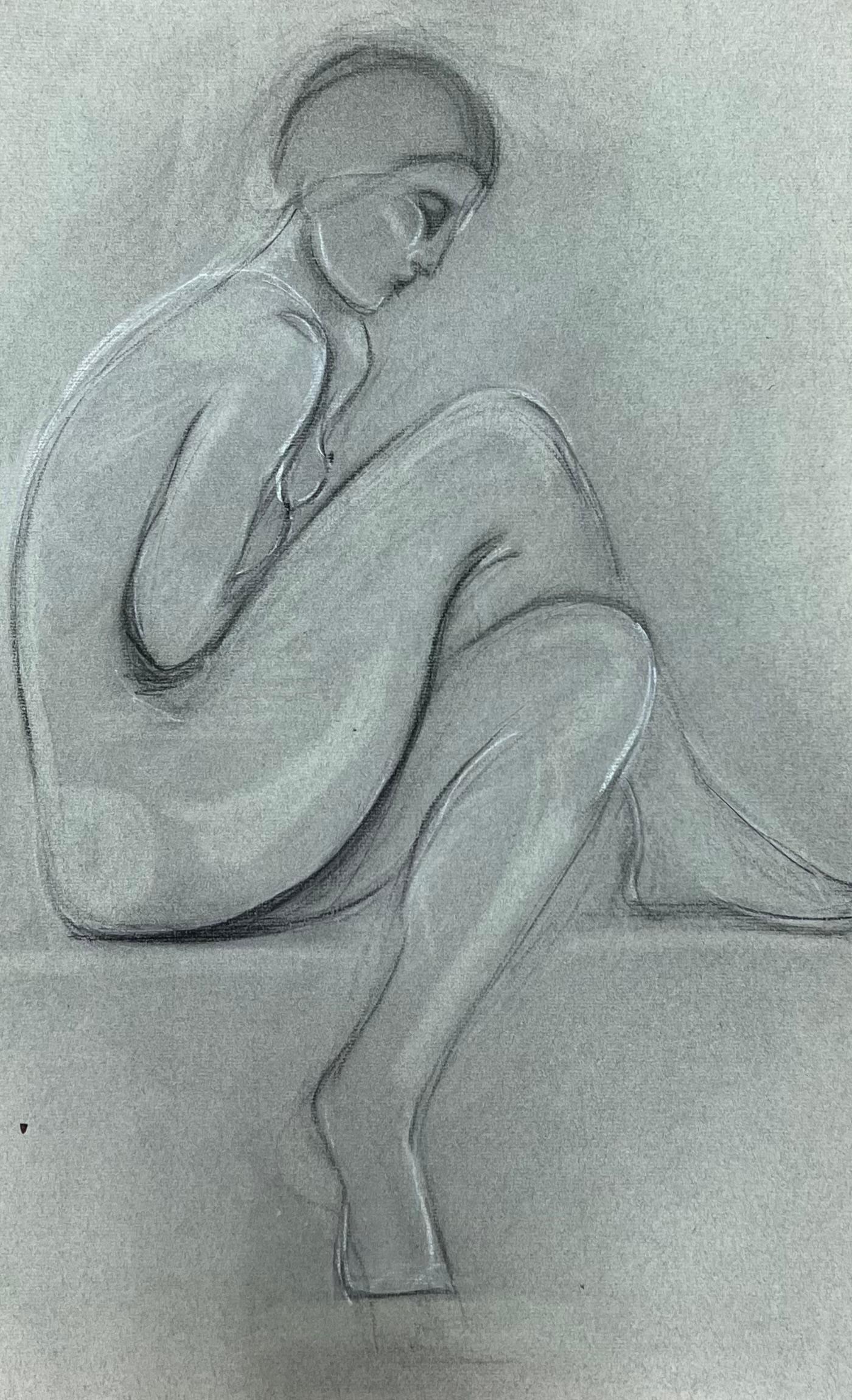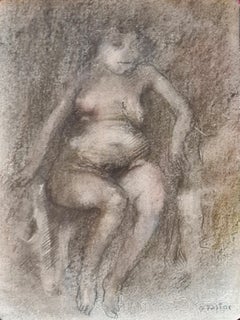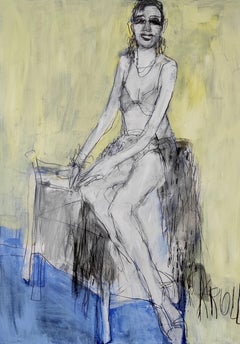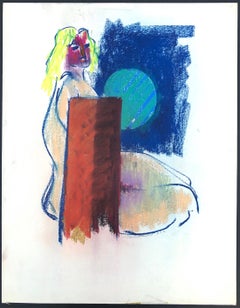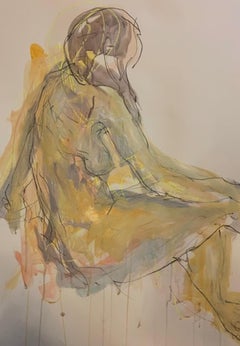Rafael Duran BenetSit woman pastel drawing1979
1979
About the Item
- Creator:Rafael Duran Benet (1931 - 2015)
- Creation Year:1979
- Dimensions:Height: 24.41 in (62 cm)Width: 16.54 in (42 cm)
- Medium:
- Movement & Style:
- Period:
- Condition:
- Gallery Location:Barcelona, ES
- Reference Number:1stDibs: LU1155213486912
Rafael Duran Benet
Rafael Duran Benet was a Catalan painter. He began painting during adolescence, by the hand of his uncle, who had the same name, and who received influences in his characteristic chromatic conception, and the artists Manolo Hugué and Rafael Llmona. In the 50s, he settled in Cadaqués, where his work acquired a marked Mediterranean character and where he treated artists like Salvador Dalí, Marcel Duchamp and Pablo Picasso. In 1958, he presented his first solo exhibition, in the Sala Vayreda in Barcelona. Then there would be 30 more, mainly in Barcelona (many in Sala Parés, to which he was linked all his life), Madrid and Cadaqués. In 2011, the City Council of his home city dedicated a retrospective in the Sala Muncunill. Benet also participated in numerous group exhibitions in Barcelona, Paris, London, Houston and Los Angeles, among others. Throughout his trajectory, he obtained several awards, among which the Henri Forman prize of the Société Nationale des Beaux Arts of Paris, in 1980. The favorite themes of Benet were landscapes, marinas and still lifes, with a style close to Impressionism and a particular treatment of color. The Museum of Terrassa has two works by Benet in his funds.
- ShippingRetrieving quote...Shipping from: sitges, Spain
- Return Policy
More From This Seller
View All1970s Impressionist Portrait Drawings and Watercolors
Pencil
1970s Fauvist Portrait Paintings
Mixed Media
1980s Impressionist Portrait Paintings
Canvas, Oil
1940s Fauvist Portrait Paintings
Canvas, Oil
1980s Expressionist Mixed Media
Mixed Media
1970s Impressionist Portrait Paintings
Oil, Canvas
You May Also Like
Late 20th Century Expressionist Figurative Drawings and Watercolors
Crayon, Paper
2010s Expressionist Drawings and Watercolor Paintings
Pencil
1670s American Modern Figurative Drawings and Watercolors
Paper, Pastel
21st Century and Contemporary Contemporary Figurative Drawings and Water...
Paper, Mixed Media
Mid-20th Century Modern Nude Paintings
Chalk, Pastel
20th Century Modern Figurative Paintings
Pastel
